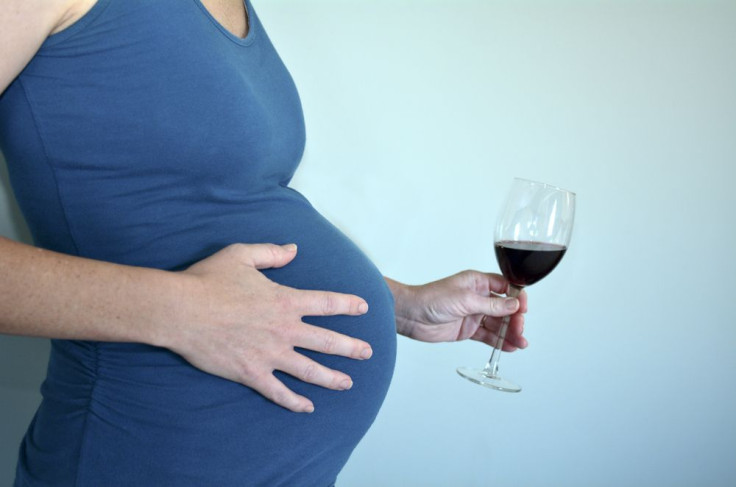Fetal Alcohol Spectrum Disorders Lead To Excessive Weight Gain And Obesity Later In Life

The U.S. Surgeon General first advised women against drinking alcohol during pregnancy back in 1981. However, Fetal Alcohol Spectrum Disorders (FASD) are still a leading preventable cause of birth defects and childhood disabilities among children in the United States. A recent study published in Alcoholism: Clinical & Experimental Research has revealed that although growth deficiency is a defining characteristic of FASD, children affected by an FASD, such as partial fetal alcohol syndrome (pFAS), also run the risk of being overweight or obese during adolescence.
"Growth deficiency is a defining feature of FASD and typically babies and children with FASD have short stature and low weight," Jeffrey R. Wozniak, associate professor of psychiatry at the University of Minnesota, said in a statement. "Individuals with FAS, the most severe form of the condition, typically continue to show growth deficiency into adulthood. However, a number of FASD investigators have consistently heard from families that weight gain is a problem in adolescence and adulthood in some patients, and we thought it was important to examine this further."
Wozniak and his colleagues recruited 617 patients who had been evaluated for FASD between April 2005 and April 2013, including 257 males and 360 females between the ages of 2 and 19. While 171 patients in the group were not diagnosed with FASD, 446 were given an FASD diagnosis, including 64 with Fetal Alcohol Syndrome (FAS), 166 with pFAS, and 216 with Alcohol-Related Neurodevelopmental Disorder. The research team gathered each participant's body mass index (BMI), gender, age, and FASD diagnosis and compared their data to national and state overweight/obesity prevalence.
Findings from the investigations revealed that rates of excessive weight gain and obesity are higher among adolescents with pFAS. Females affected by any type of FASD were especially at risk for becoming overweight or obese during adolescence rather than boys. Common medications prescribed to children affected by prenatal alcohol exposure tend to increase their appetite. They are also less likely to participate in organized sport or regular physical activity due to developmental complications.
As to why girls with prenatal alcohol exposure tend to be at risk for becoming overweight or obese, researchers conclude that cognitive development issues experienced by young girls with any type of FASD may cause them to worry less about their body image compared to girls of a similar age with normal cognitive development.
"Because being underweight is part of the diagnostic criteria for FAS, and because the neurological consequences can be so profound, little attention has been given to the possibility that prenatal alcohol exposure (PAE) might also affect body weight in later life," added Susan Smith, a professor of nutritional sciences at the University of Wisconsin-Madison. "There have been anecdotal observations and several hints and clues that this may be a problem, but no real data."
According to the Centers for Disease Control and Prevention, one out of every 13 pregnant women report alcohol use, defined as at least one drink of any alcoholic beverage in the past 30 days. Although the exact prevalence of people affected by an FASD is unknown, studies conducted by the CDC have found that between 0.2 and 1.5 cases occur for every 1,000 live births in the United States. The cost of FAS in the United States has reached an annual estimate of $4 billion.
Source: Fuglestad A, Smith S, Wozniak J, et al. Overweight and Obesity Among Children and Adolescents with Fetal Alcohol Spectrum Disorders. Alcoholism: Clinical & Experimental Research. 2014.



























